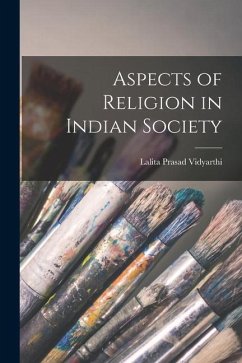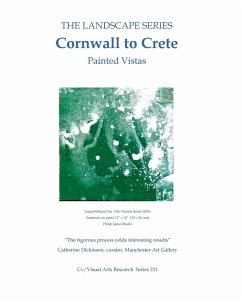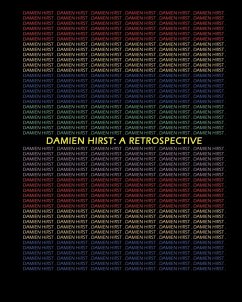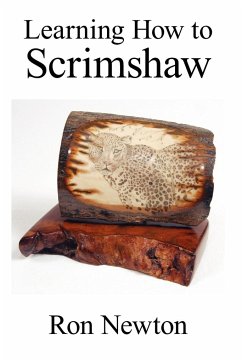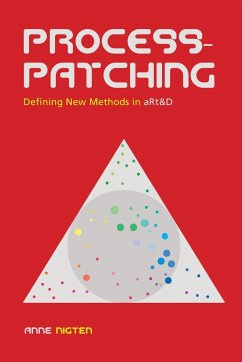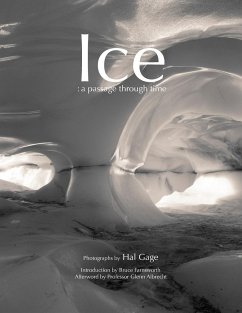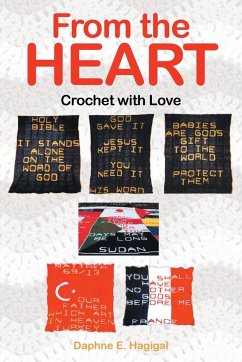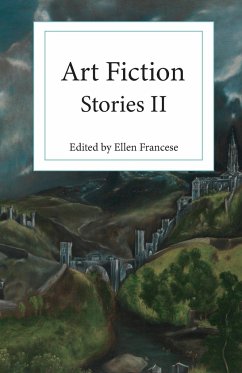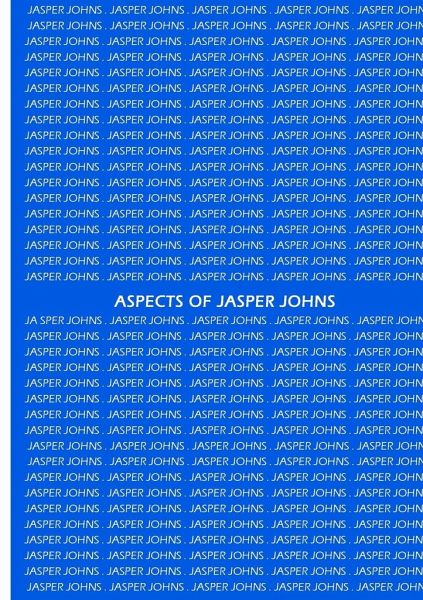
Aspects of Jasper Johns
Versandkostenfrei!
Versandfertig in 1-2 Wochen
21,99 €
inkl. MwSt.

PAYBACK Punkte
11 °P sammeln!
He uses elaborate systems of arbitrary rules to regulate his patterns of markings - the absolute opposite of the freewheeling calligraphy typical of Abstract Expressionist predecessors such as Jackson Pollock. Where images are present, they are often mirrored or doubled. Or else camouflaged and concealed. His paintings therefore take on the character of being not simply objects to be looked at, but puzzles to be solved by the viewer. This aspect of his work perhaps explains by his work has had such a solid, long-lasting appeal to professional commentators on contemporary art. They feel great s...
He uses elaborate systems of arbitrary rules to regulate his patterns of markings - the absolute opposite of the freewheeling calligraphy typical of Abstract Expressionist predecessors such as Jackson Pollock. Where images are present, they are often mirrored or doubled. Or else camouflaged and concealed. His paintings therefore take on the character of being not simply objects to be looked at, but puzzles to be solved by the viewer. This aspect of his work perhaps explains by his work has had such a solid, long-lasting appeal to professional commentators on contemporary art. They feel great satisfaction in solving the riddles he sets them, and perhaps too, a bit of schadenfreude in contemplating those who are not sophisticated enough to crack the code. ELS In his introductory essay The Enigma of Jasper Johns author and art hist Edward Lucie-Smith considers the art of Jasper Johns, pivotal figure in the development of American contemporary art, whose sixty years activity is represented in a major exhibition at the Royal Academy London. The study is illustrated by key works along with a room by room view of the exhibition.



